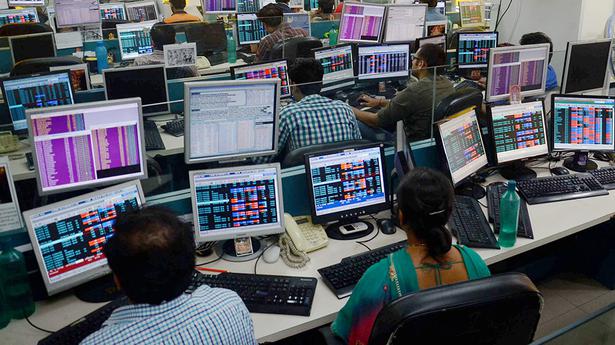The fashion e-commerce segment was pegged at about $4.8 billion in India in 2020, and this grew to about $9 billion in 2021“
The fashion e-commerce segment was pegged at about $4.8 billion in India in 2020, and this grew to about $9 billion in 2021“
The ‘fashion business’ is the engine of growth for Flipkart, driving nearly 45-50% of the new customers to the e-commerce giant, according to a senior company official.
“Fashion is the most interesting part of flipkart because it is like the engine of the company. The reason we call it an engine is because this is where our customers first transact with us,” Sandeep Karwa, Vice President – Flipkart Fashion, told The Hindu.
Mr. Karwa added that fashion as a business is driving about 45-50% of customers to Flipkart, up from 30-35% a couple of years back. “So if in the month, we will acquire say 100 customers, 45-50 of those customers are going to transact for their first time in fashion…and this is true for the overall e-commerce industry as well”.
From a price-point perspective, fashion is an entry-level purchase, and hence, people are okay making their first e-commerce transaction in this category.
“This is the most important business for the company. This is also one business where potential is still the largest. I can definitely tell you that as a business, we [fashion] are definitely growing faster than the platform and we are happy about that because what we do here actually is going to come back and help every other business on the platform,” Mr. Karaw added.
During the Spring-Summer season 2022, the Walmart-owned ecommerce firm recorded sales of over 200 million fashion products across close to 19,200 pin codes, and saw participation from close to 175,000 fashion sellers. Customers shopped for products from across the country, including from cities like Ranchi, Ernakulam, Kanpur, Medinipur and Cuttack.
Mr Karwa added that following the pandemic, not only did consumers move from offline to online for their shopping needs, but were shopping for completely different categories. For example, while some of the traditional categories witnessed slowdown, new categories such as athleisure, track pants, shorts and the entire verticals of innerwear saw a ‘massive explosion’.
He further added that the company is seeing tremendous growth in categories like sarees (102% growth this past year) and footwear, especially in tier 2 and tier 3 regions, primarily driven by the value segment.
“Similarly, as people step back to the office and resume outdoor activities, we’re witnessing growing demand for formalwear and athleisure wear from not just metros, but T2+ regions too. Overall growth in T2+ regions is upwards of 80%, YoY,” he said.
Mr. Karwa added that personalisation is currently ‘the biggest talking point inside Flipkart’ right now. “We are making most of our investments in personalisation. When a consumer fires up the Flipkart app and we have some history about that customer based on the shopping patterns…we are able to give a score to that consumer and according to that score we are able to actually show a certain set of products to that consumer. Even if two people are searching for the same product, they will see different results,” he explained.
He, however, added that personalisation is going to be an ongoing journey as the company’s tech models become trained and evolve.
The company is also looking at leveraging ‘behavioural sciences’ to enhance personalisation experience of consumers. “Shopping and emotions are correlated. A lot of purchases are made depending on what emotion the customer is feeling when they start shopping…that level of personalization is what as a platform we would want to reach… there’s a long long long way to go there but that’s how we are thinking about it.”
The fashion e-commerce segment was pegged at about $4.8 billion in India in 2020, and this grew to about $9 billion in 2021. “We are very happy that we were able to take the lion’s share of that entire pie and actually change the trajectory of our growth…the trend continues despite offline being open again. The data right now tells us that a lot of that growth is here to stay…Earlier, if a user was for example spending ₹1,000 on fashion on Flipkart and ₹3,000 in an offline set up…now the user is spending about ₹2,500 on Flipkart,” he said.








